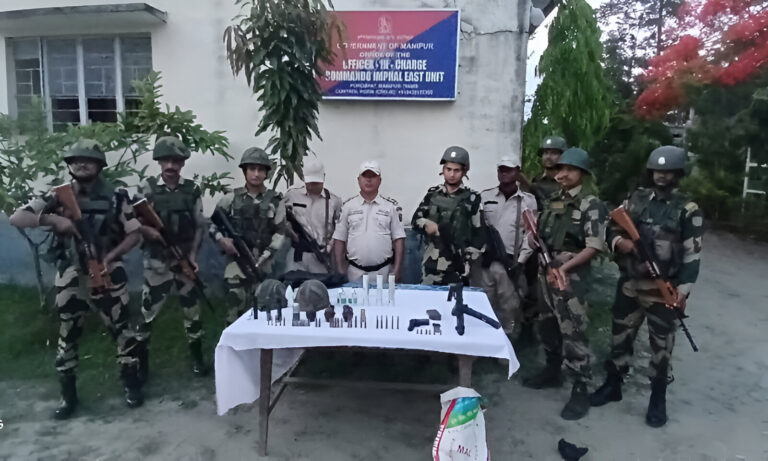3.6 Magnitude Tremor Hits Bishnupur in Manipur
Summary
A mild earthquake with a magnitude of 3.6 struck Bishnupur, Manipur, early in the morning, sending ripples of concern through the region. Recorded at approximately 3:36 AM IST, the tremor’s epicenter lay near Bishnupur. No casualties or significant damages have been reported. The event underscores the region’s vulnerability to seismic activity, given its location in India’s earthquake-prone northeastern zone
The Impact of the 3.6 Magnitude Earthquake in Bishnupur, Manipur
Introduction to the Event
Imagine being awakened by the ground trembling beneath your feet—startling, right? That’s precisely what happened in Bishnupur, Manipur, on the morning of November 22, 2024. The National Center for Seismology (NCS) confirmed the tremor at 3.6 on the Richter scale, an indicator of a mild earthquake. Despite its low intensity, the quake brought the spotlight back to the region’s seismic sensitivity.
Why Is Manipur Seismically Active?
Manipur sits in a highly seismically active zone—Seismic Zone V—making it one of the most earthquake-prone regions in India. This vulnerability stems from the Kopili Fault Zone and its proximity to the Himalayan Frontal Thrust. These geological structures act like ticking time bombs, occasionally releasing energy as earthquakes. Even minor tremors, like the recent one, remind us of nature’s unpredictable might
Details of the Tremor
- Date and Time: November 22, 2024, at approximately 3:36 AM IST.
- Magnitude: 3.6 on the Richter scale.
- Epicenter: Near Bishnupur district, Manipur.
- Impact: No reports of casualties or property damage, but the event briefly disrupted the region’s early morning calm
Comparing Past Earthquakes in Northeast India
The northeast often feels the tremors of the earth shifting beneath it. For instance:
- May 2020: Ukhrul, Manipur, experienced a similar tremor of 3.6 magnitude with no significant damage
- July 2021: A stronger quake of 5.2 magnitude in Assam was felt across the region, demonstrating the varying intensity levels that this area endures regularly
These occurrences highlight the region’s persistent vulnerability.
Preparedness for Earthquakes
You might wonder, “How does one prepare for such natural phenomena?” While mild tremors like this don’t often result in destruction, they serve as wake-up calls for better disaster readiness. In areas like Manipur:
- Government Initiatives: Awareness campaigns and structural audits for earthquake-resilient buildings.
- Public Awareness: Encouraging citizens to have emergency kits, practice evacuation drills, and understand seismic safety
What Can We Learn?
Even small tremors carry a big lesson: complacency is not an option. The Bishnupur quake reiterates the importance of preparedness. It’s a reminder that nature is unpredictable, and resilience is our best defense.
FAQs
- What caused the recent earthquake in Bishnupur, Manipur?
- The earthquake resulted from the region’s tectonic activity along fault lines like the Kopili Fault Zone.
- Were there any damages or casualties?
- Thankfully, no damages or casualties were reported from the tremor.
- How common are earthquakes in Northeast India?
- Earthquakes are quite common due to the region’s location in Seismic Zone V, making it highly prone to such activities.
- What should residents do during an earthquake?
- Seek shelter under sturdy furniture, avoid windows, and follow evacuation plans if necessary.
- Is the recent tremor linked to larger seismic events?
- While minor tremors are not always precursors to major earthquakes, they indicate ongoing tectonic stress in the region.




